There can be your advertisement
300x150
Built-in Wardrobe in the Hallway
Many urban residents are familiar with the problem of a cramped apartment. What to do? There is a solution: just carefully approach the choice of furniture and design.
Many urban residents are familiar with the problem of a cramped apartment: if standard furniture in the form of a wardrobe is placed in a small room, it becomes difficult to use it - it's impossible to walk past it. What to do?
Many begin to engage in re-planning, spending considerable funds on repairs. But there is a solution: just carefully approach the choice of furniture and design.
Undoubtedly, a built-in wardrobe can provide invaluable help in this. This type of furniture belongs to the category that recently appeared on the market and immediately won popularity. However, when purchasing such furniture, it is necessary to first get an understanding of its features that should be compatible with the installation location.
Advantages and disadvantages of a built-in wardrobe
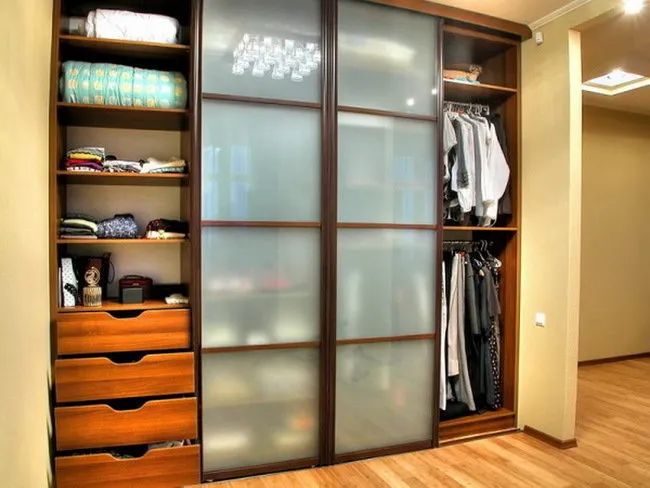
It should be noted that these items differ from the absence of one back wall, and in some cases, one side wall (sometimes both). It is possible that the built-in hallway wardrobe will not have a top part if the wardrobe will be installed up to the ceiling. When ordering such an item, the client informs the manufacturer of their requirements, including the required dimensions (including depth), filling (number and arrangement of compartments, shelves, drawers) and type of front panel. As a result, the customer receives a wardrobe that fits exactly into its intended space and has the necessary functionality. However, it is also possible to buy a ready-made construction, which will be cheaper.
Another advantage of the built-in hallway wardrobe is that it masks defects in walls and floors, which will be covered by the front panel. If your apartment has free niches or corners, you can be sure that a built-in wardrobe will help to use the empty space in the most rational way. To confirm this, it is sufficient to view photos of built-in wardrobes in the hallway. There are not many drawbacks:
- using sliding doors does not allow simultaneous access to all compartments of the furniture;
- moving the wardrobe to another location or transporting it will cause many problems: the item may have to be redesigned for further use.
Built-in wardrobe in the hallway: types
First, determine the construction of this piece of furniture so that it fits into the hallway in the best way. What types of wardrobes do factories offer today?
Rectangular models
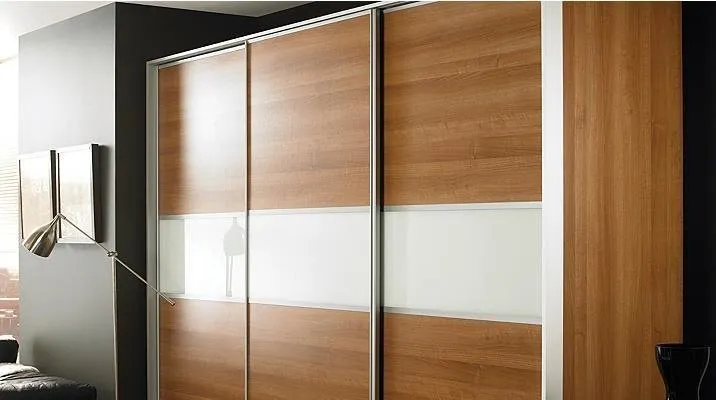
These rectangular models are relatively rare and are characterized by the absence of a back wall and one side wall. Some call such wardrobes 'semi-built-in'. This furniture is installed in a niche if it is necessary to leave part of it free, where a side table or footstool can be placed.
Corner variants of built-in wardrobes in the hallway
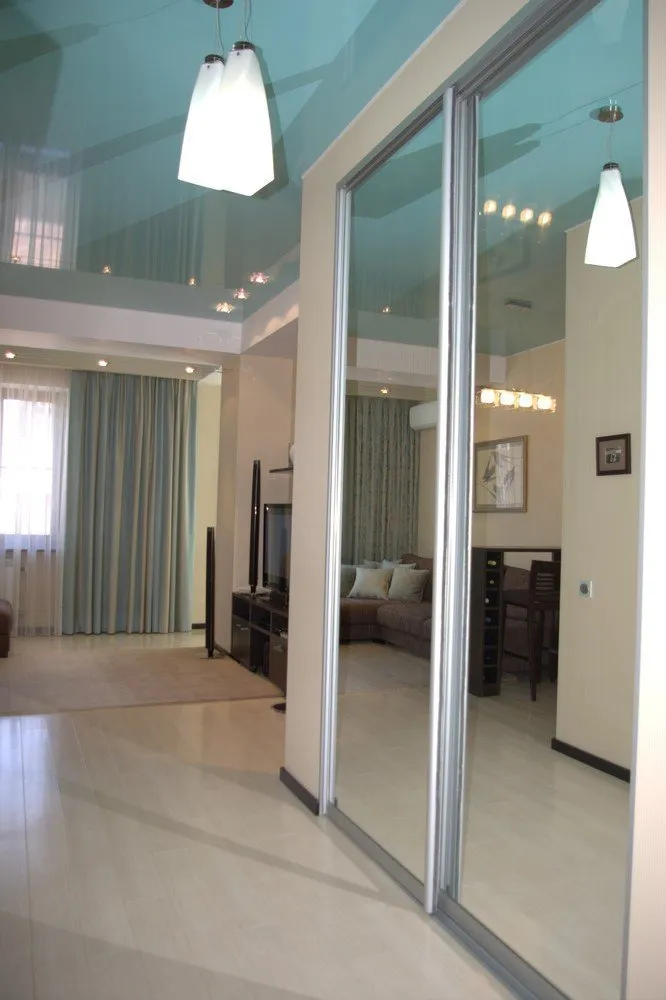
Usually, such wardrobes in the shape of a letter 'Г' lack a back wall and one side wall. The triangular structure fits well into the hallway interior and covers space only by its front panel. It is desirable that the sides of the corridor corner be sufficiently spacious. Today in stores, you can encounter an innovative type of angular construction – a radius built-in wardrobe in the hallway. It has a semicircular front panel, which can be convex or concave, and looks very original. For the last type of model, more space is needed than for convex wardrobes.
Placement in a niche

This type of built-in wardrobes in the hallway has no back wall and both side walls (there are variants without a top part). That is, there is only a front panel acting as doors, behind which compartments with shelves and drawers are located. A fully built-in wardrobe is better to order so that the item corresponds exactly to the height, width and depth of the niche. Plus, you will have the opportunity to select the most convenient filling, choose materials for manufacturing and type of front panel to match the overall design of the hallway. It is recommended to order metal hardware, as plastic hardware does not last long and may even break during delivery.
Features of furniture placement

A built-in wardrobe is a stationary structure, so its installation requires adherence to certain rules. At the preliminary stage, it is necessary to carefully level the floor and walls that will come into contact with the item. Otherwise, roller mechanisms that open the doors may jam. It is not recommended to nail particleboard or plywood instead of missing walls - they do not have high strength and durability.
What built-in wardrobes are made of
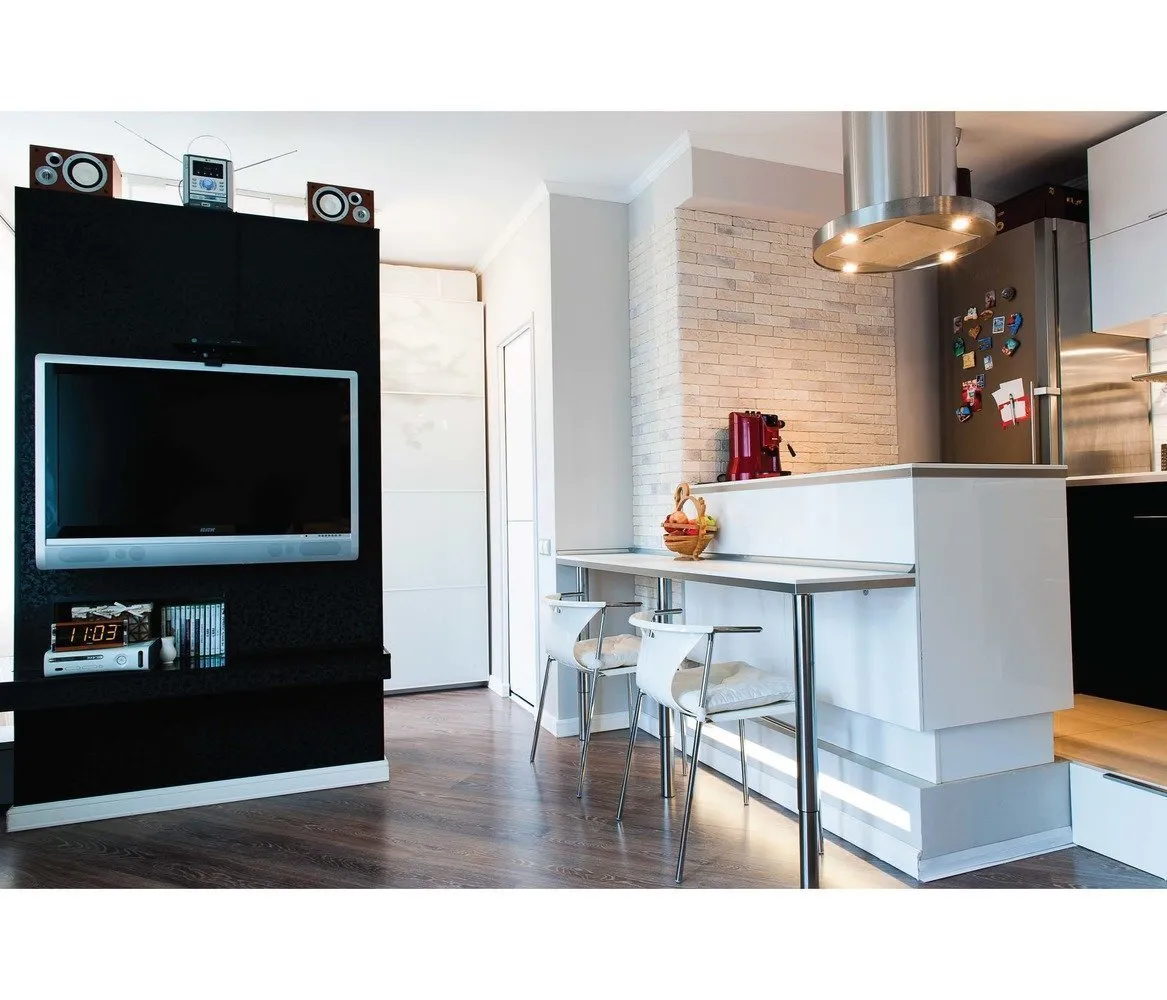
When choosing a material for a built-in wardrobe in the hallway, it is necessary to consider that it must have increased resistance to mechanical damage and be easy to maintain (clean easily and not react to aggressive cleaning agents). This is due to the fact that there is always a risk of damaging the front panel with an umbrella or oversized furniture brought into the house. Built-in wardrobes in the hallway offered in the store can be made of the following modern materials:
- Wooden solid: the most expensive and prestigious option, requiring regular care of the front panel surface. It is characterized by complete ecological safety and a long service life. The drawback is that most wood species do not tolerate high humidity and may start to warp;
- Laminated or veneered particleboard: the material is characterized by sufficient strength, does not warp and resists mechanical impact well. However, there is a drawback: when the outer coating is damaged, the material begins to absorb moisture rapidly, which leads to a sharp decrease in its strength. You need to keep this in mind and regularly inspect the item.
- MDF. This is a special variety of particleboard obtained by gluing wood waste fibers under pressure at high temperatures. MDF is usually finished with veneer, vinyl compounds or melamine paper, often imitating natural materials. The disadvantage of MDF is the presence of harmful substances in the adhesive mixture. Therefore, it is also necessary to pay attention to the integrity of the outer finish.
- Plywood with facing. It is much stronger than the above-mentioned artificial materials and more resistant to moisture, if compared with solid wood. In terms of cost, it occupies an intermediate position between MDF, particleboard and wood.
Wardrobe filling
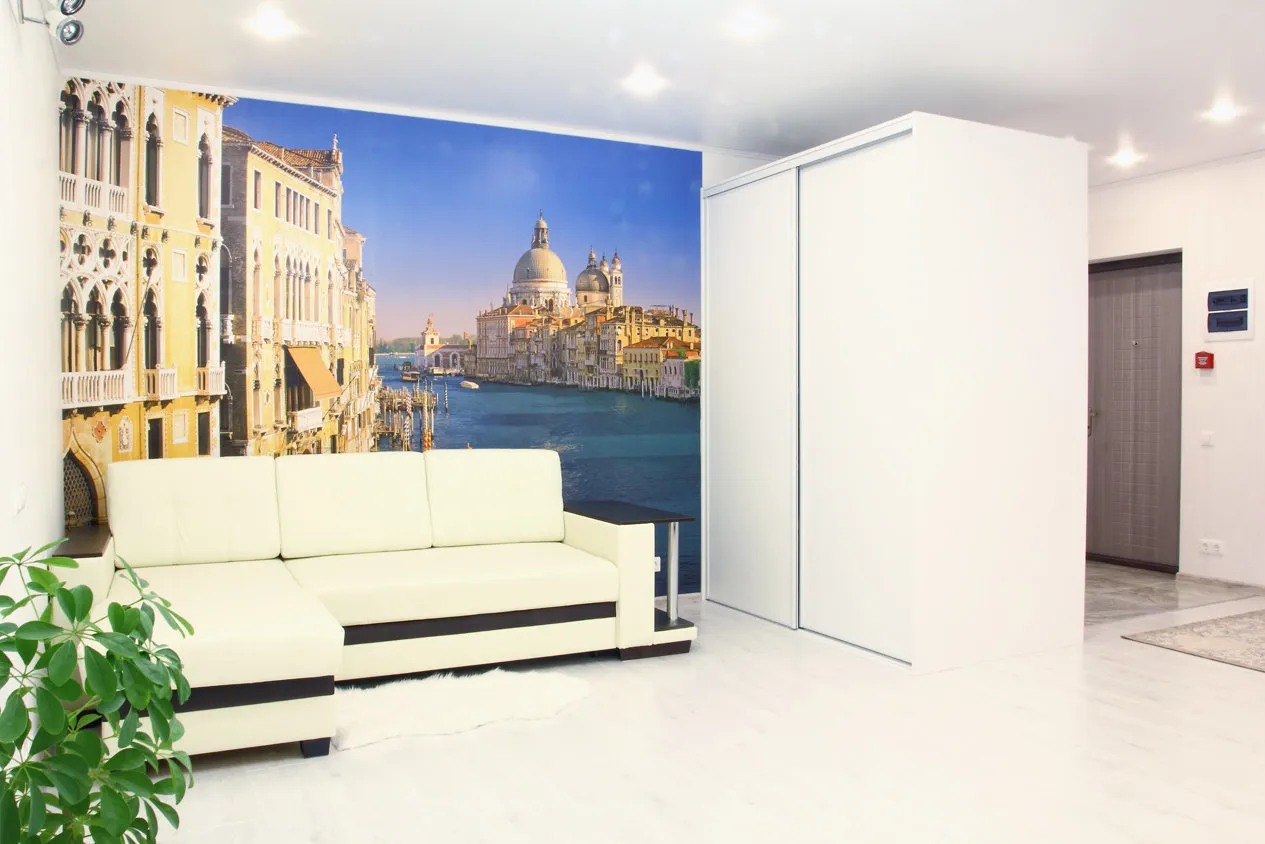
The purpose of this construction is to store items. Proper internal filling allows each item to find its place, making it easier to locate it. A hallway wardrobe can have 2 or 3 compartments depending on the dimensions. The internal elements of the construction include:
- Shelves (it is preferable that they are not finished with melamine, which quickly becomes unusable due to constant moisture exposure). They are usually used to store folded clothes, but a hallway model is often made with lower shelves for different items (children's outdoor toys, bags, purses, etc.) and separate upper shelves for headwear. Some models have low internal shelves for gloves, scarves and other small items;
- Hangers. They can be regular or sliding. In the latter case, it is a structure consisting of two parts: a fixed base and a sliding bracket with clothes;
- Drawers. They are equipped with rollers and stops, and the wardrobe itself has guides that allow quickly and smoothly pull out the necessary 'storage unit' and push it back in. The side walls of built-in wardrobes are equipped with special holders for ties and belts;
- Shoe rack. Sometimes it is a wire basket covered with plastic. In the latter case, you need to take care of proper placement (not to place it directly on the bottom of the structure), so that dirt from shoes can fall freely onto the bottom shelf, where it can be quickly removed.
Front panel design

Here manufacturers offer a huge choice: it should not be difficult to select a built-in wardrobe in the hallway that matches your desired style. Usually, apartment owners prefer to set up their hallway with mirror wardrobes. This is understandable: such furniture visually expands the space. How can you make a front panel unusual and original? There are several options:
- Creating a pattern on the surface. This is done using sandblasting technology: a fine stream of abrasive material is applied to the surface to create a contour of any complexity and depth.
- Applying decorative film. It is attached from the inside and, when colored, creates whimsical figures on the surface.
- Using lacemata. This refers to matte glass that almost completely hides the internal content. However, it is still possible to roughly understand what and where is located. The front panel made of lacemata on one side does not draw attention, but on the other side it visually expands the room volume.
- Lacelike. This is glass treated with colored lacquer. The surface becomes opaque, but such a wardrobe can be 'matched' to any interior by choosing the appropriate shade.
- Rattan and bamboo. Ecologically safe materials. They are usually combined with mirrors.
- Artificial leather (distinguished by high strength). It is considered a very fashionable option for front panel decoration: individual panels are used as inserts.
The most popular are combined front panels, where there is a combination of several materials. Below are popular variants:
- Classic style. A combination of MDF sheets and mirrors, arranged throughout the height of the doors;
- Geometric style. The front panel consists of rectangles made of MDF, particleboard, wood, adjacent to glass or mirror inserts;
- Diagonals. Metal profiles on the front panel, resembling waves, smoothly transitioning into each other (a beautiful and complex method of front panel decoration). The surface can also be divided into squares or even irregular sectors.
Original designer ideas: built-in hallways
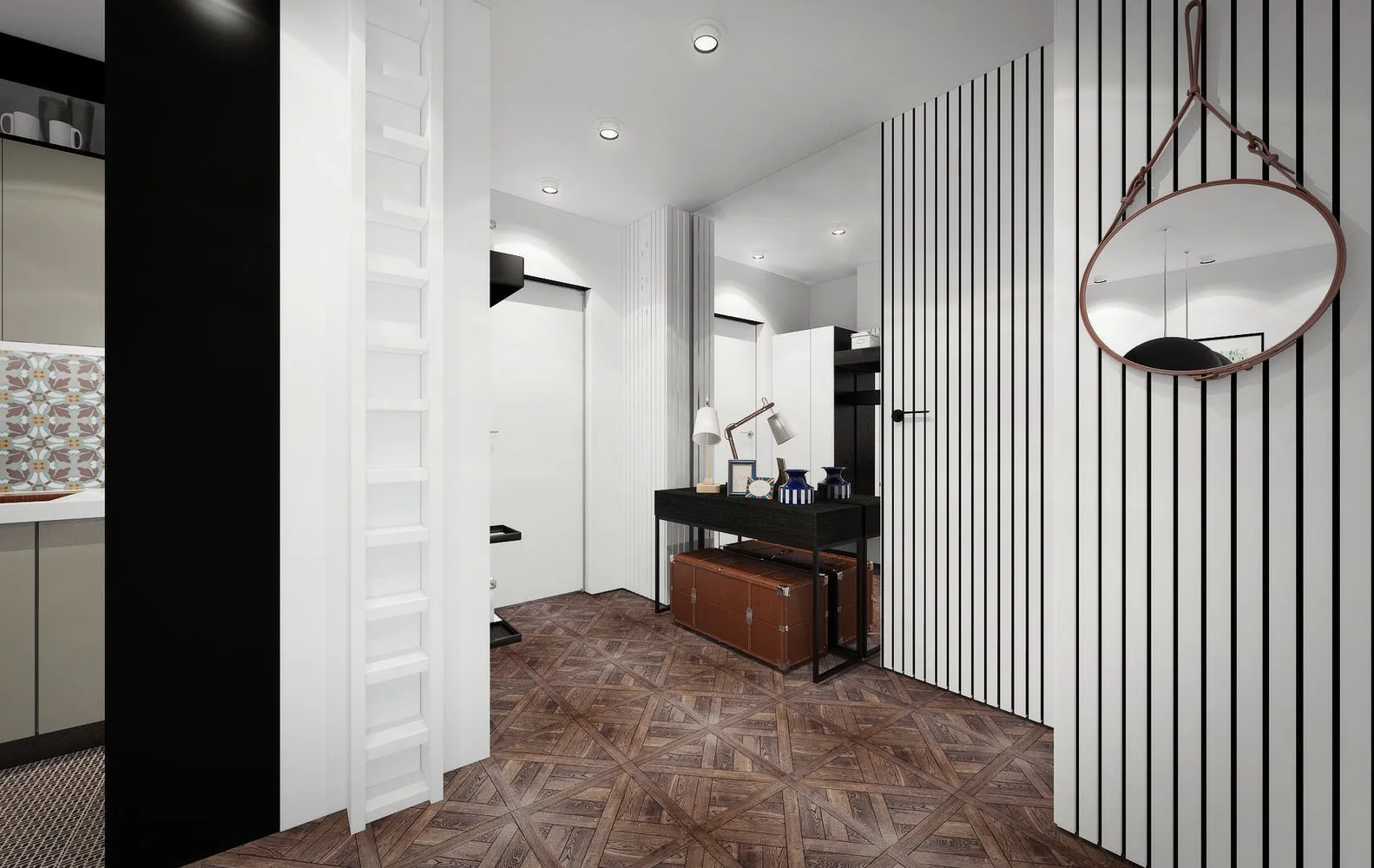
Earlier, attention was mainly focused on the external appearance of this furniture, but now more and more attention is paid to functionality. In this respect, the project of a hallway wardrobe with a place for changing shoes and sometimes even a small table is interesting. Some manufacturers offer constructions with separate small drawers for storing small items: keys, various ornaments, documents (utility bills, etc.).
A good effect is achieved by using LED external lighting above a mirror or glass front panel with a pattern. This not only simplifies the search for the needed items but also emphasizes the originality of the image. The most frequently used styles can be highlighted:
- classicism: requires symmetry in the arrangement of all visible elements of the wardrobe and implies the use of natural materials;
- empire: necessarily includes carving on solid wood, luxurious and lavish wardrobe (style for spacious hallways);
- modern: characterized by smooth lines, curves - this style fits well with a radius wardrobe;
- minimalism and high-tech: clear straight lines, metal chrome details in the front panel finishing are desirable, patterns are undesirable.
The project of a built-in wardrobe in the hallway, with proper selection, guarantees rational use of space and provides convenient and functional storage for items. The combination with the style of the entire apartment creates a feeling of harmony and unity of the living space.
Options for arranging built-in wardrobes in narrow and long hallways.

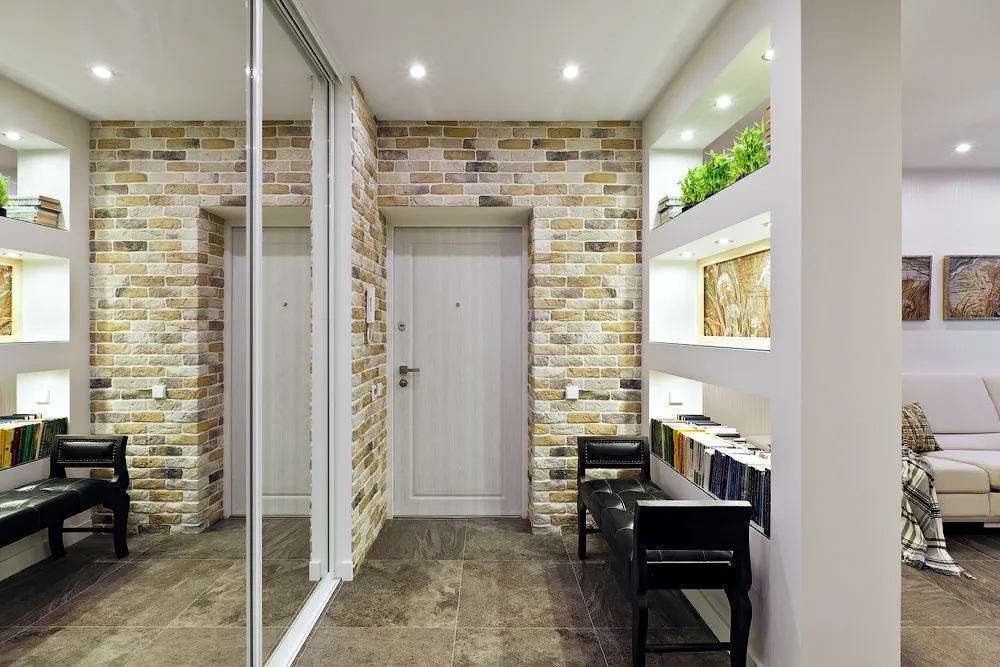
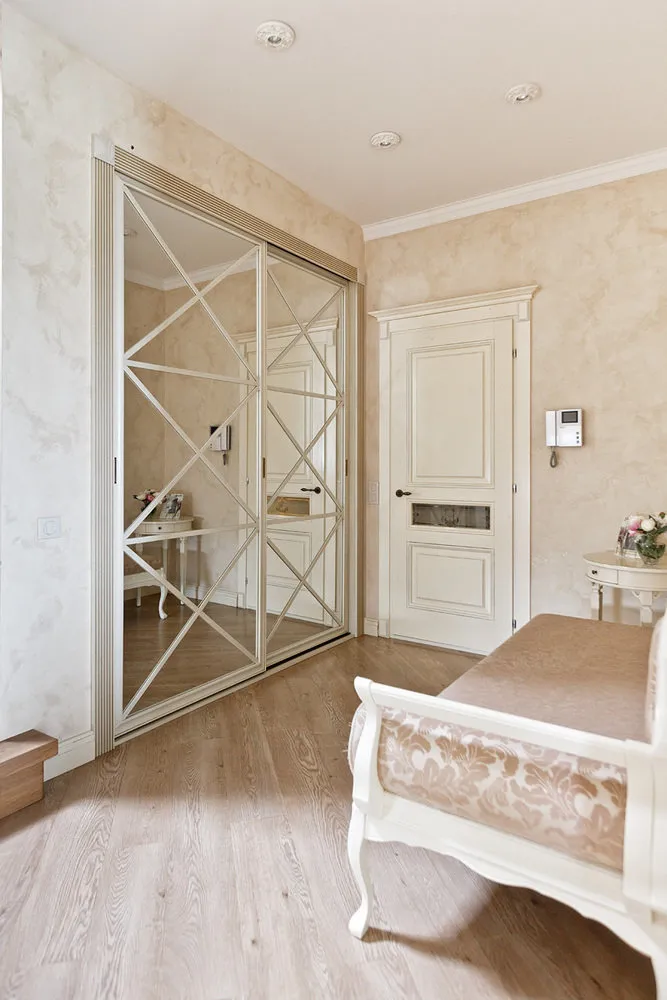
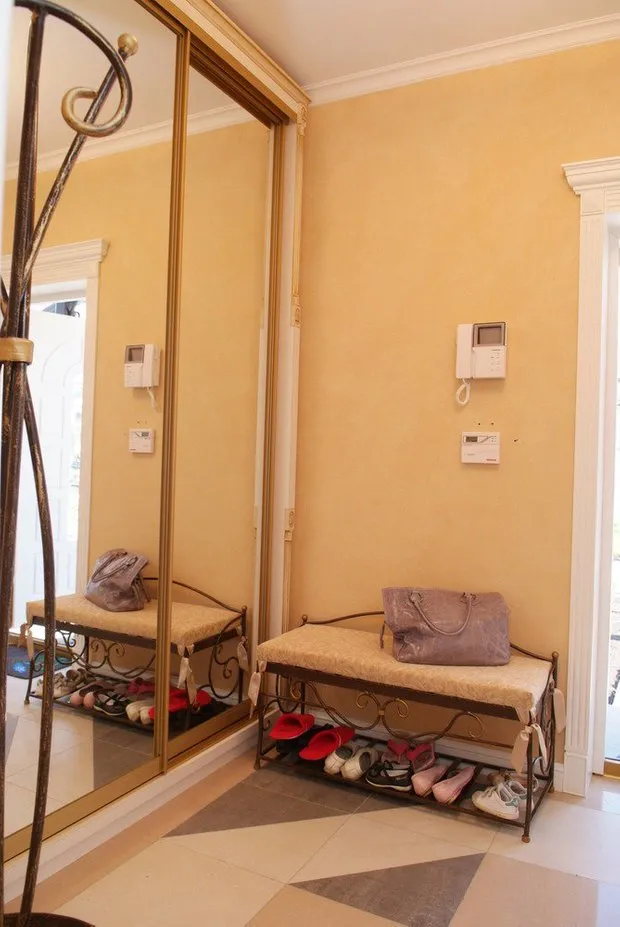

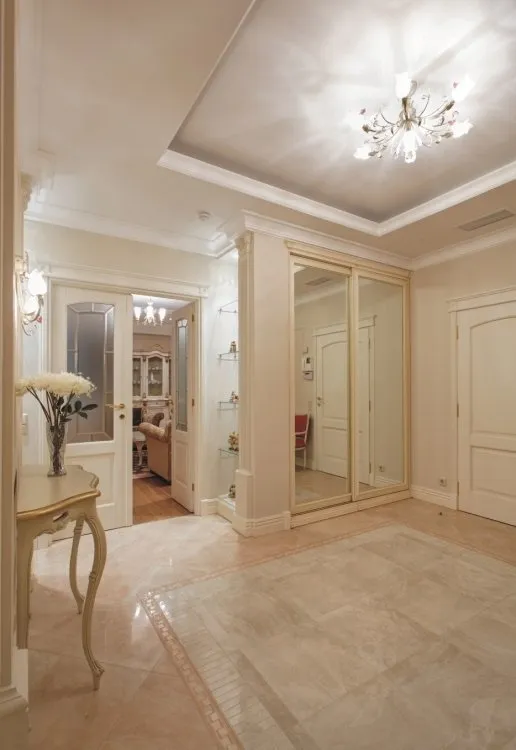

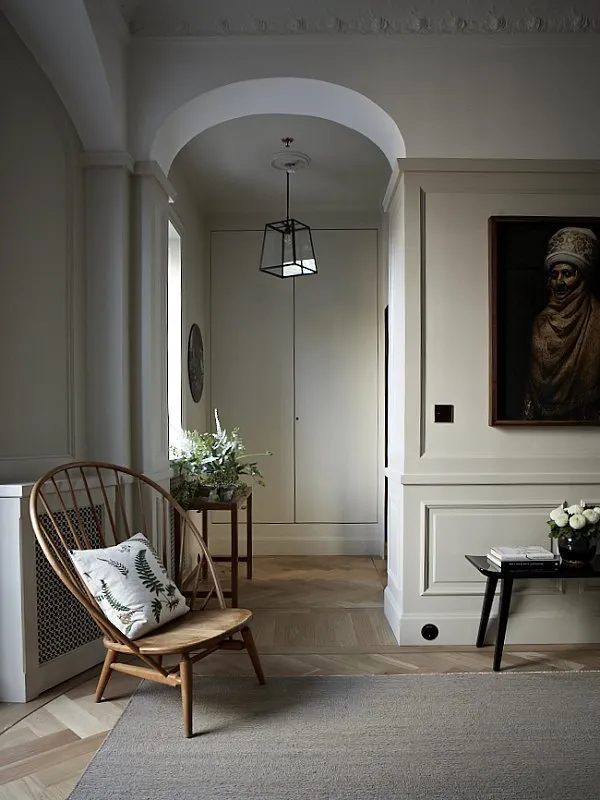

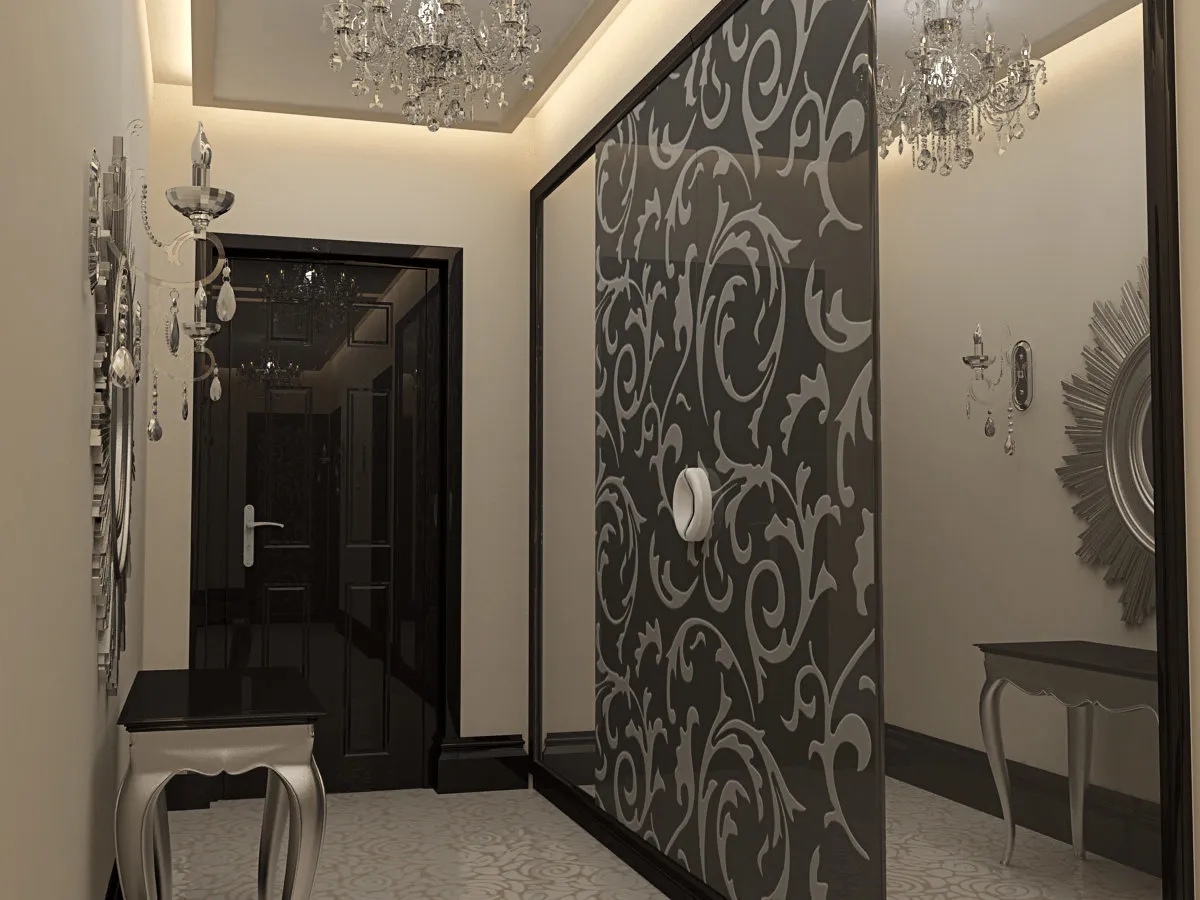
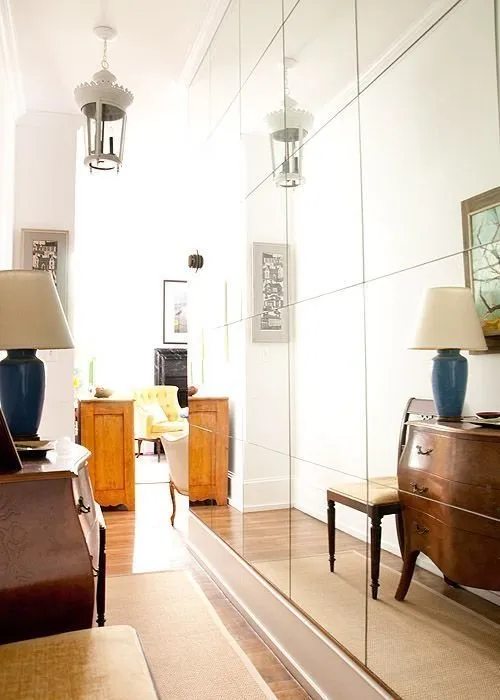
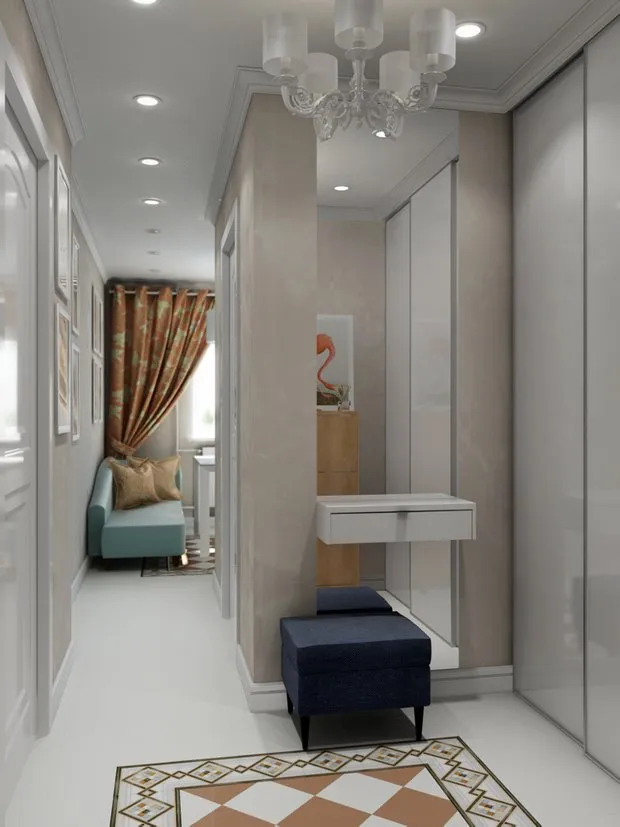

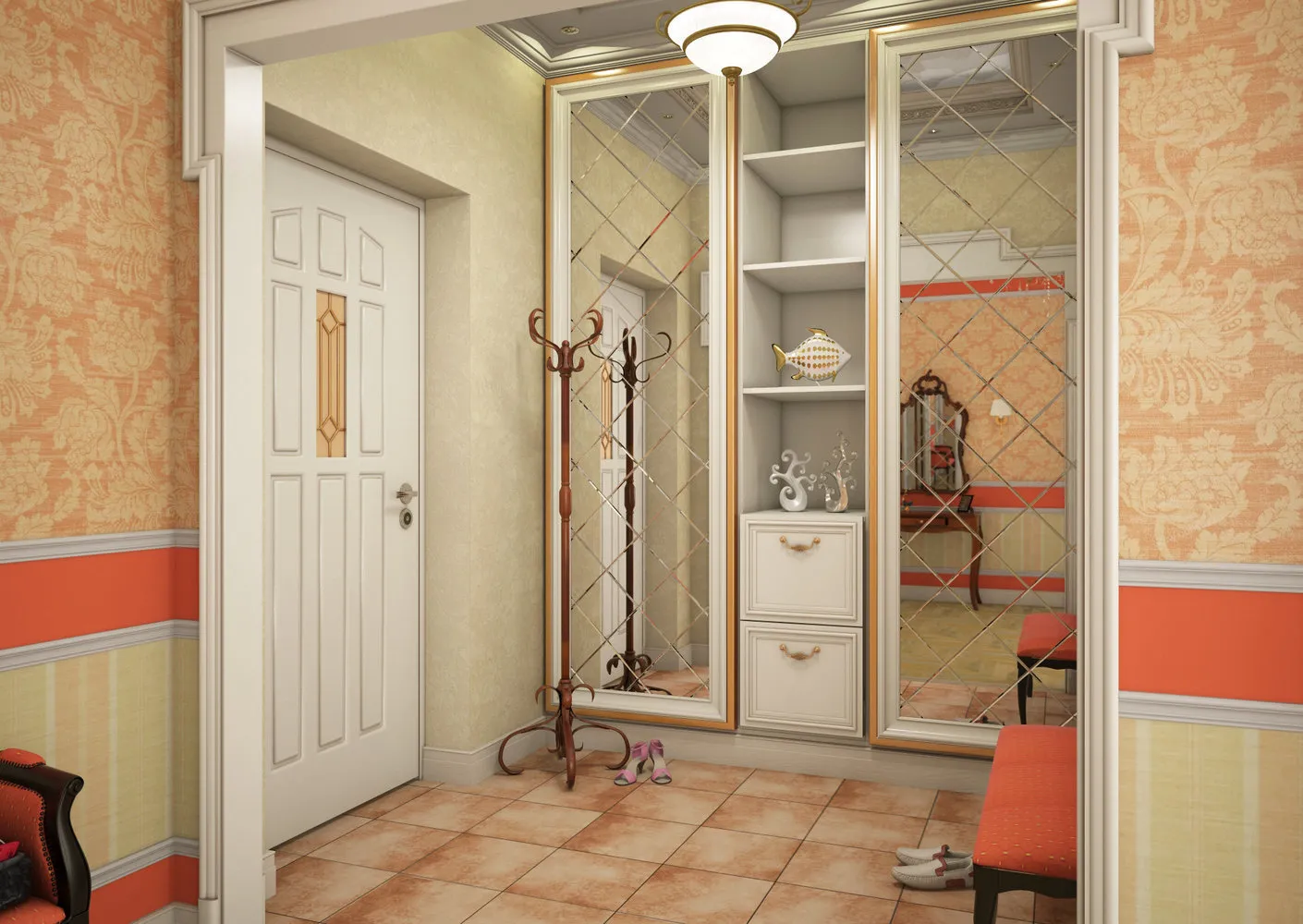
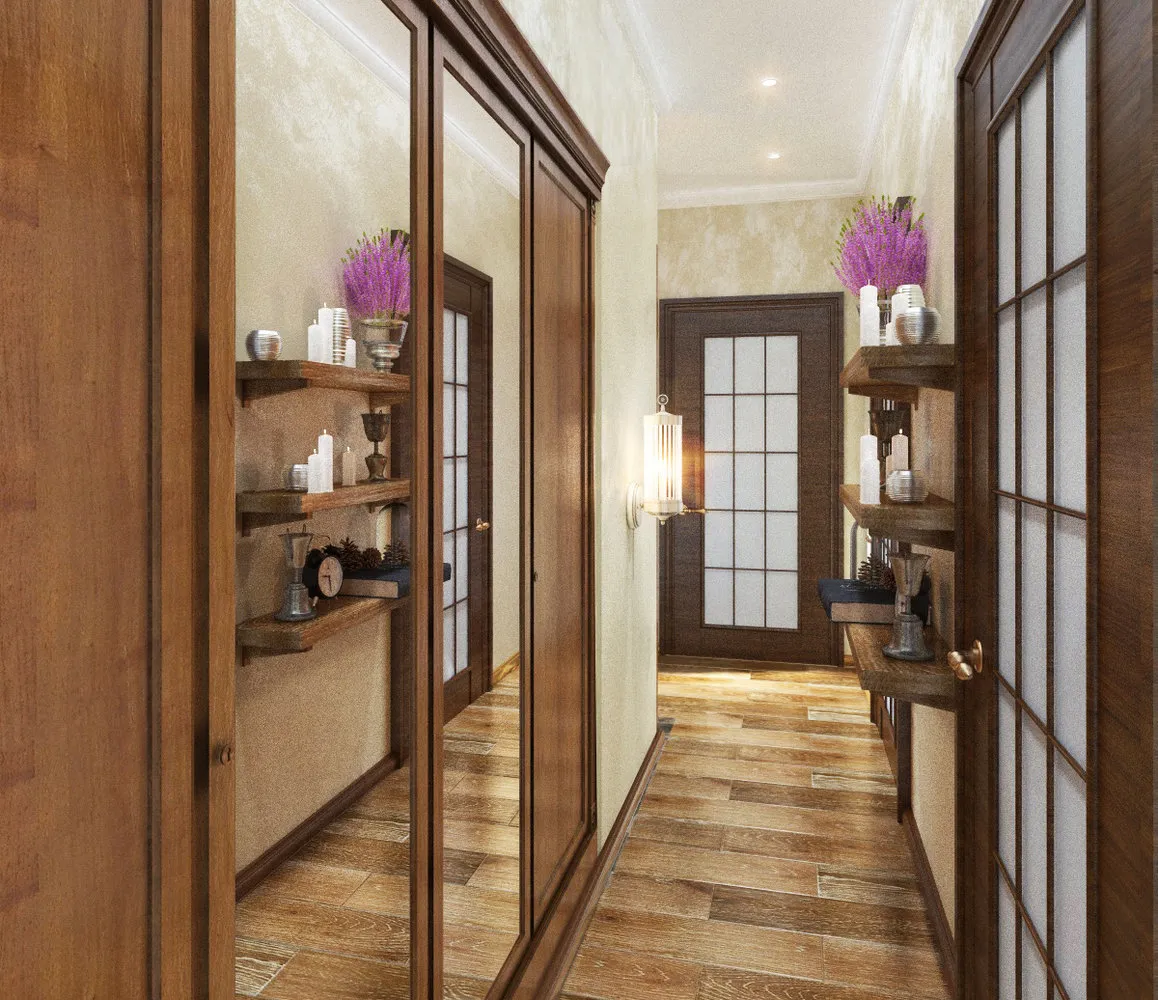


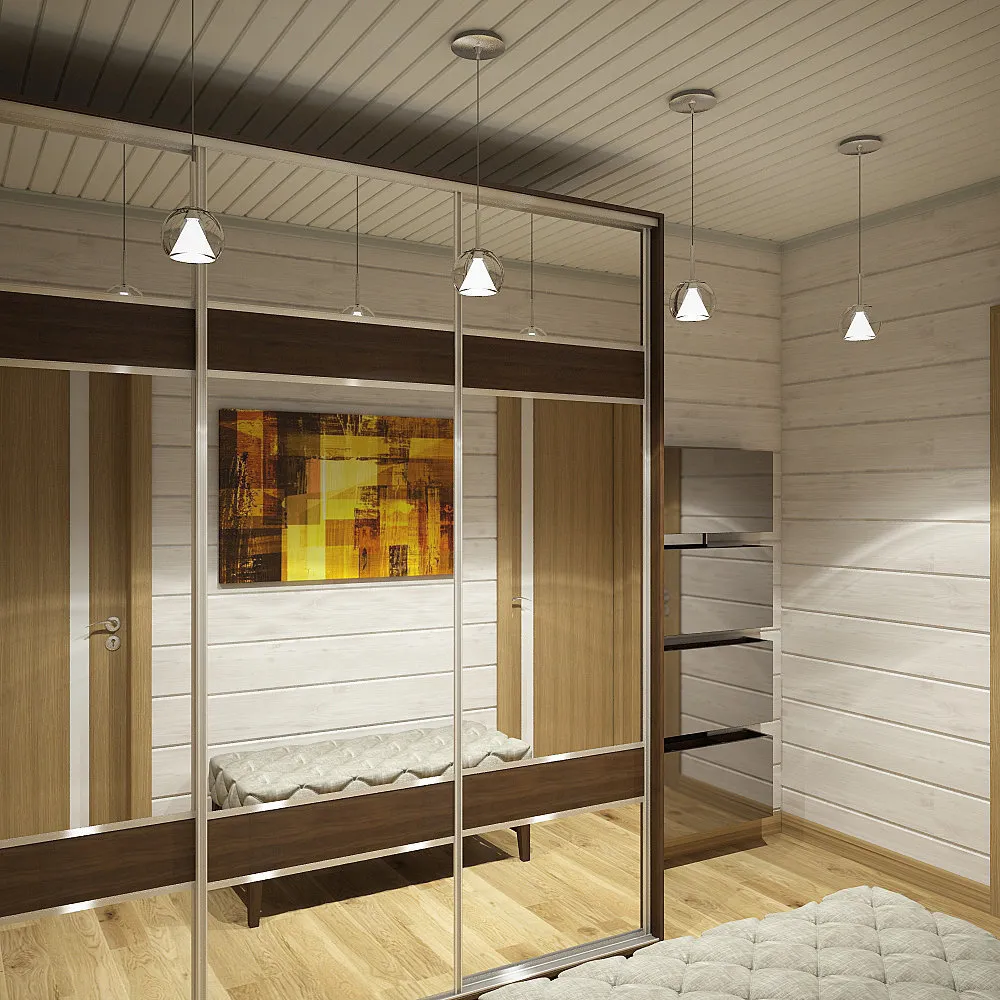




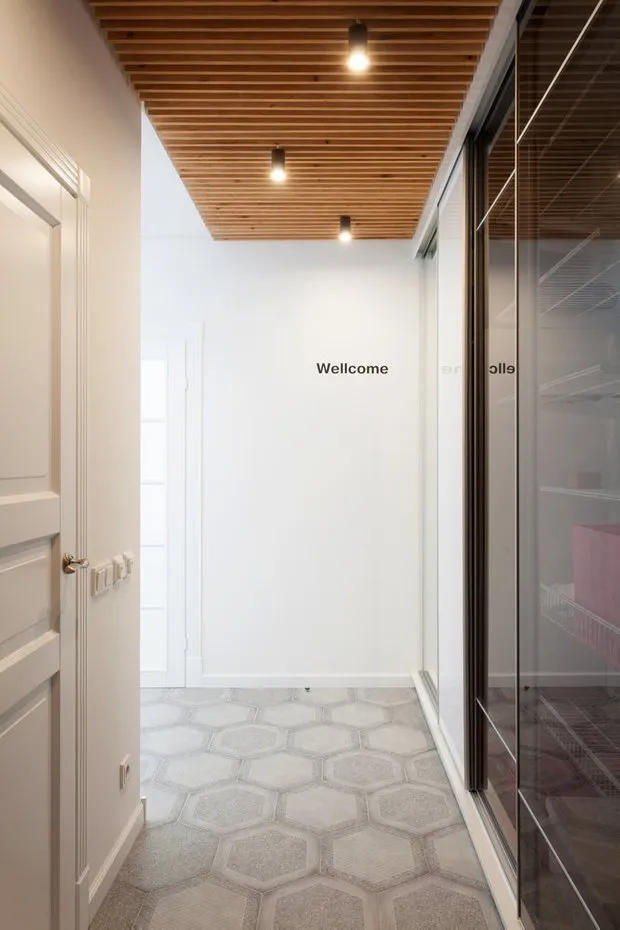
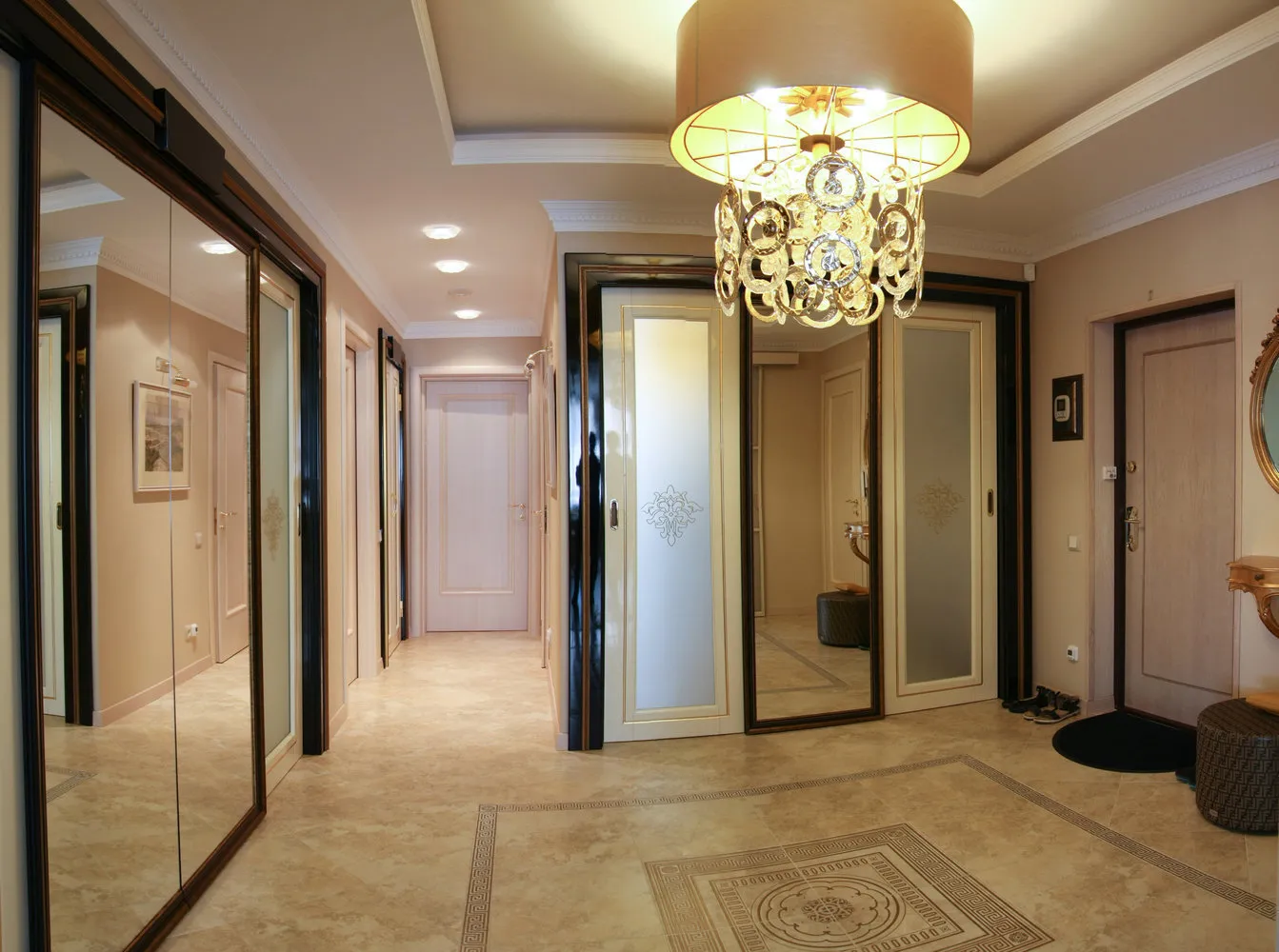
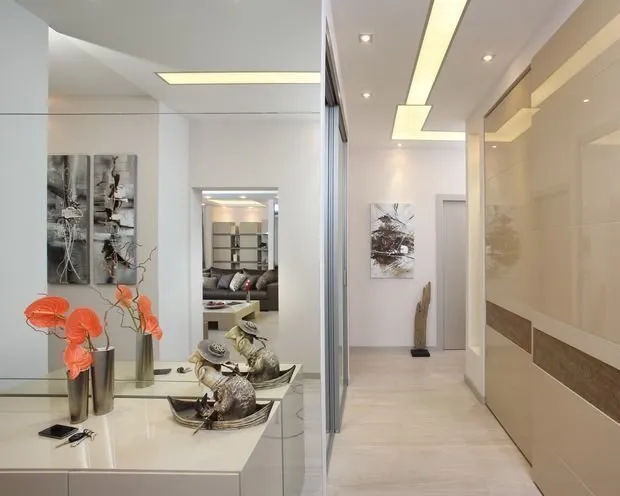
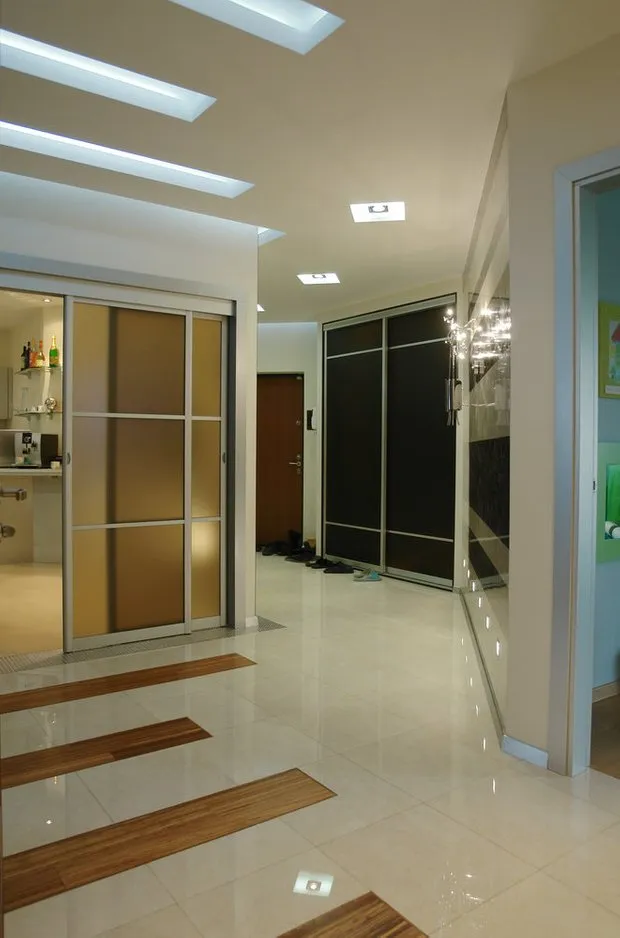
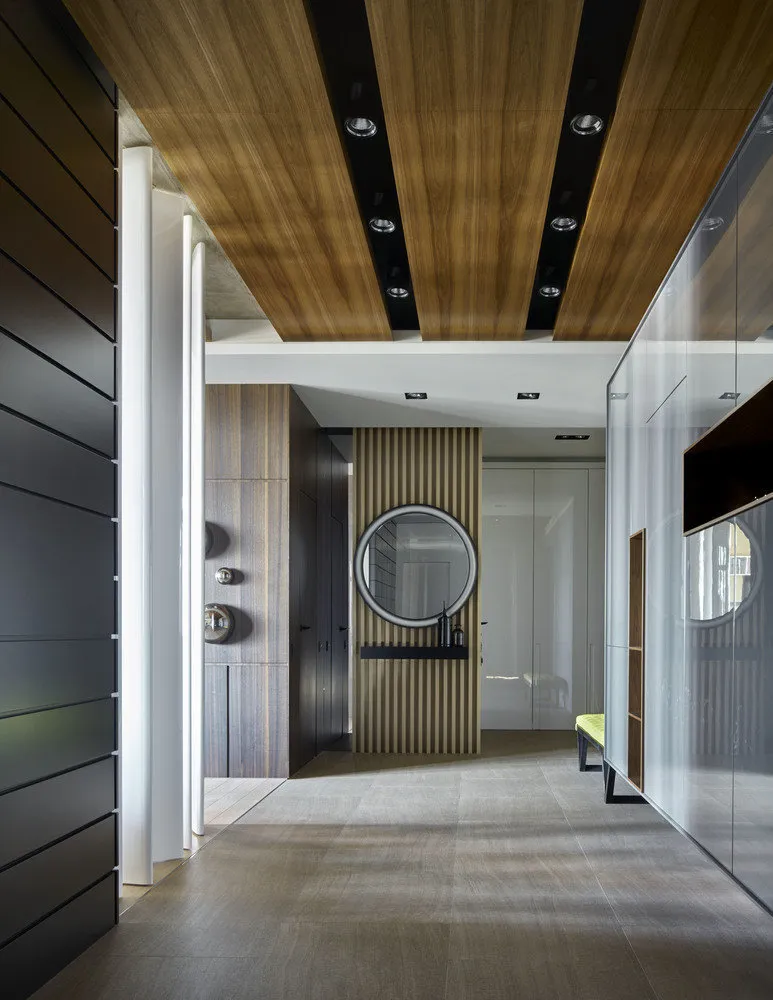
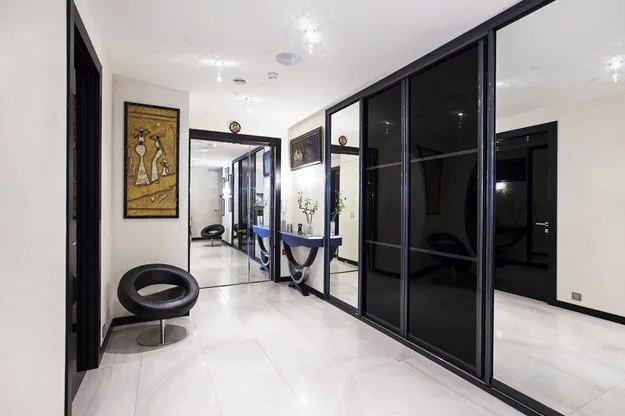
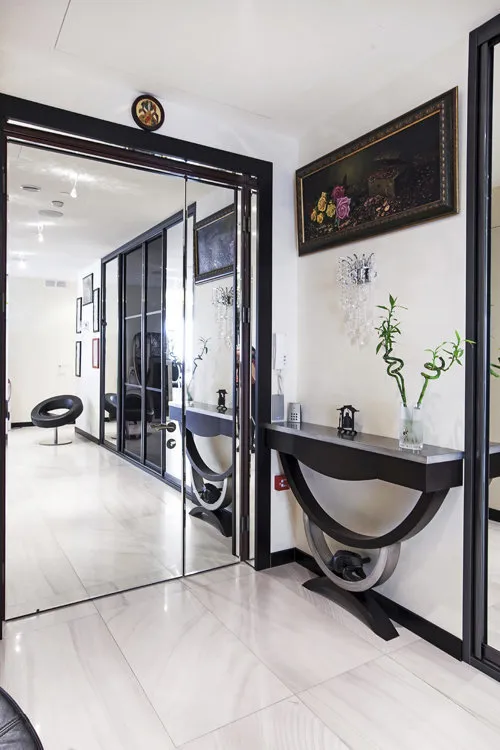
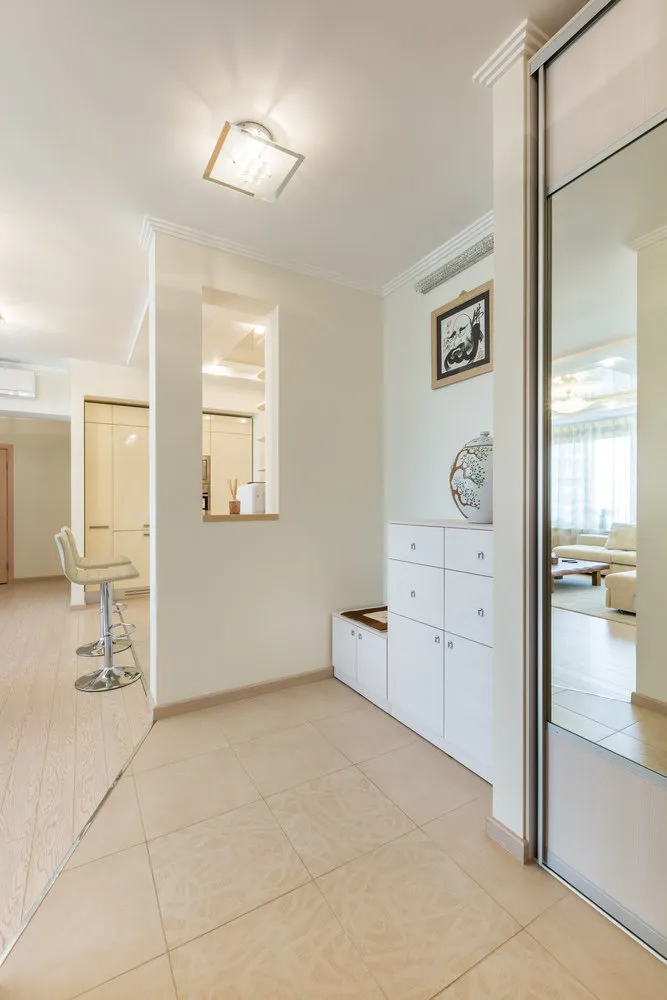

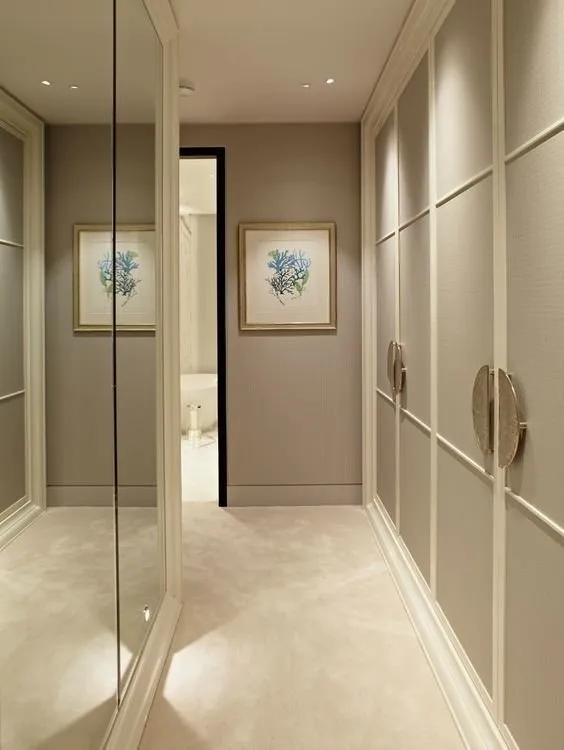
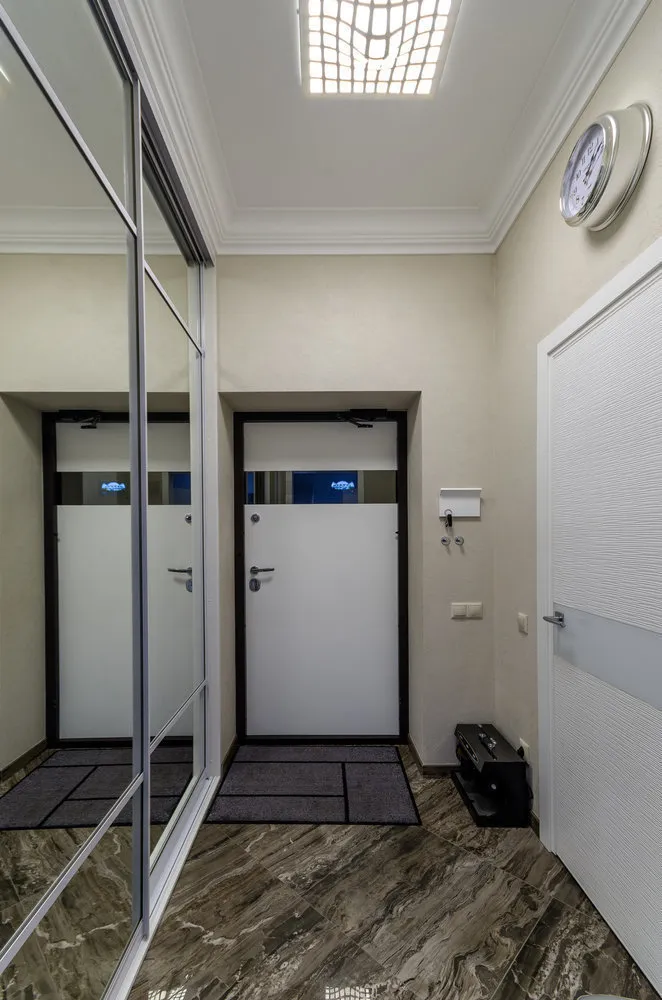

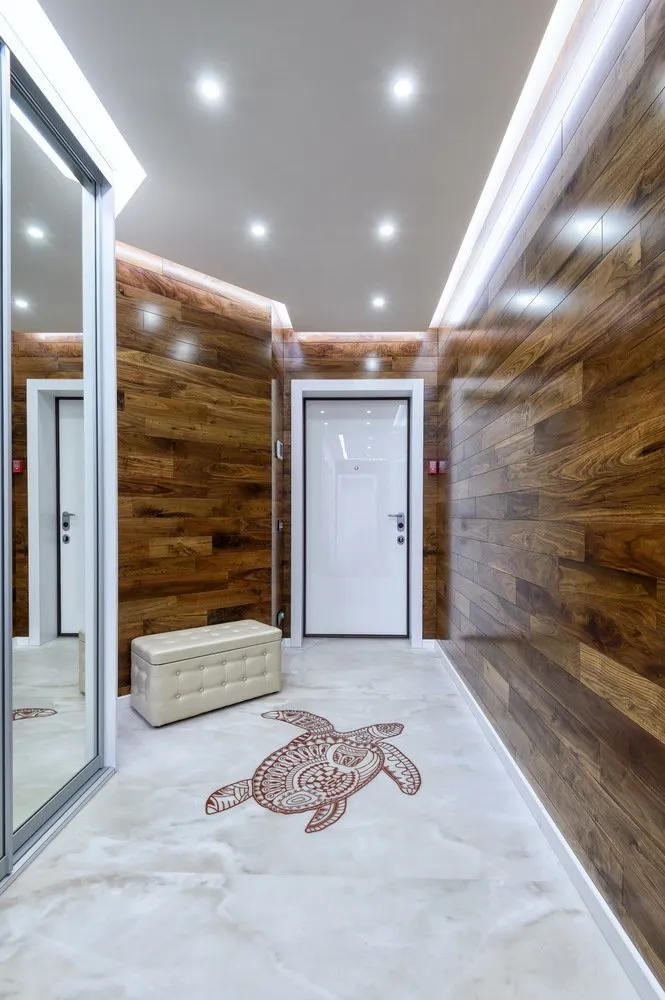
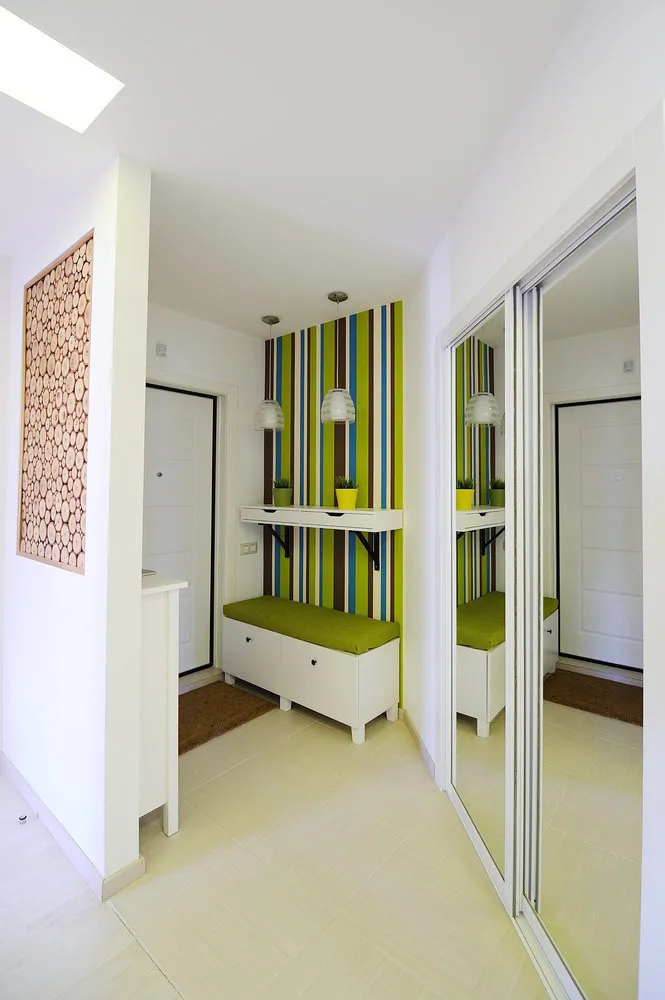

More articles:
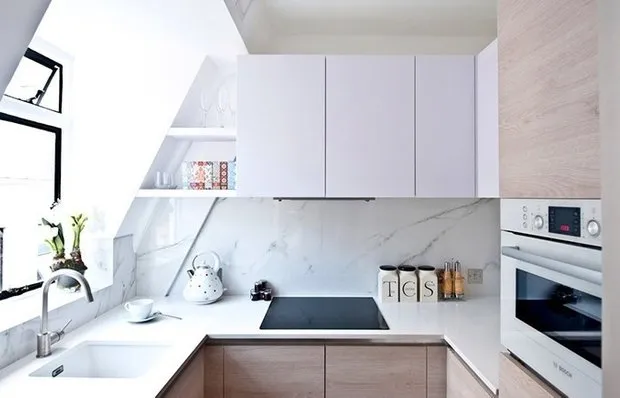 10 Fast Tips to Make a Small Kitchen More Comfortable
10 Fast Tips to Make a Small Kitchen More Comfortable Designing a Kitchen Like a President
Designing a Kitchen Like a President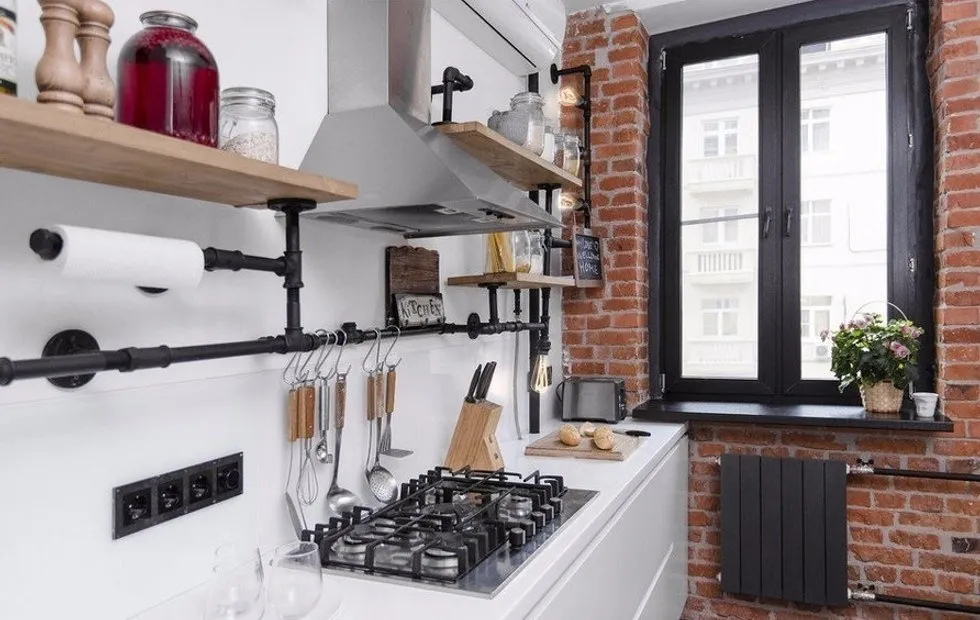 10 More Original Interior Design Solutions in Projects
10 More Original Interior Design Solutions in Projects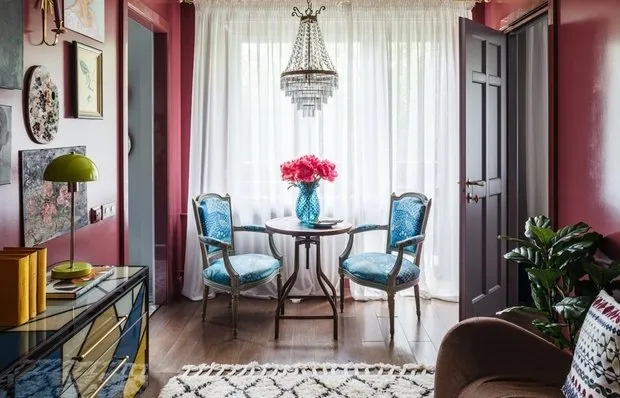 Guide: 10 Most Popular Posts of July
Guide: 10 Most Popular Posts of July How to Improve Interior Without Renovation: 10 Tips from a Stylist
How to Improve Interior Without Renovation: 10 Tips from a Stylist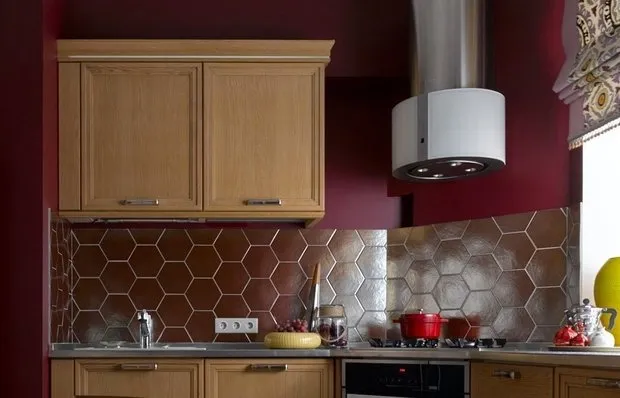 How to Make a Vibrant Apartment: Examples from Designers
How to Make a Vibrant Apartment: Examples from Designers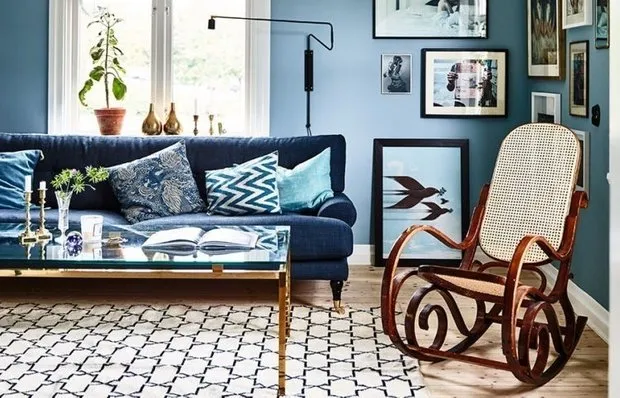 Blue Color and Vintage Furniture: With a Swedish Blogger
Blue Color and Vintage Furniture: With a Swedish Blogger Increasing Storage Space: 5 Solutions
Increasing Storage Space: 5 Solutions